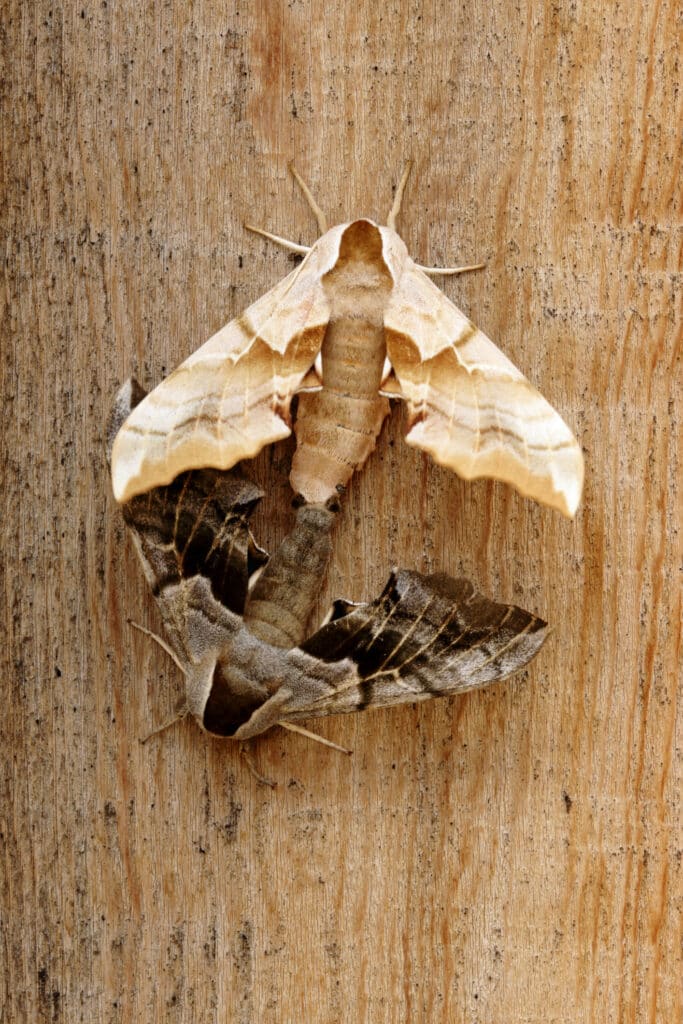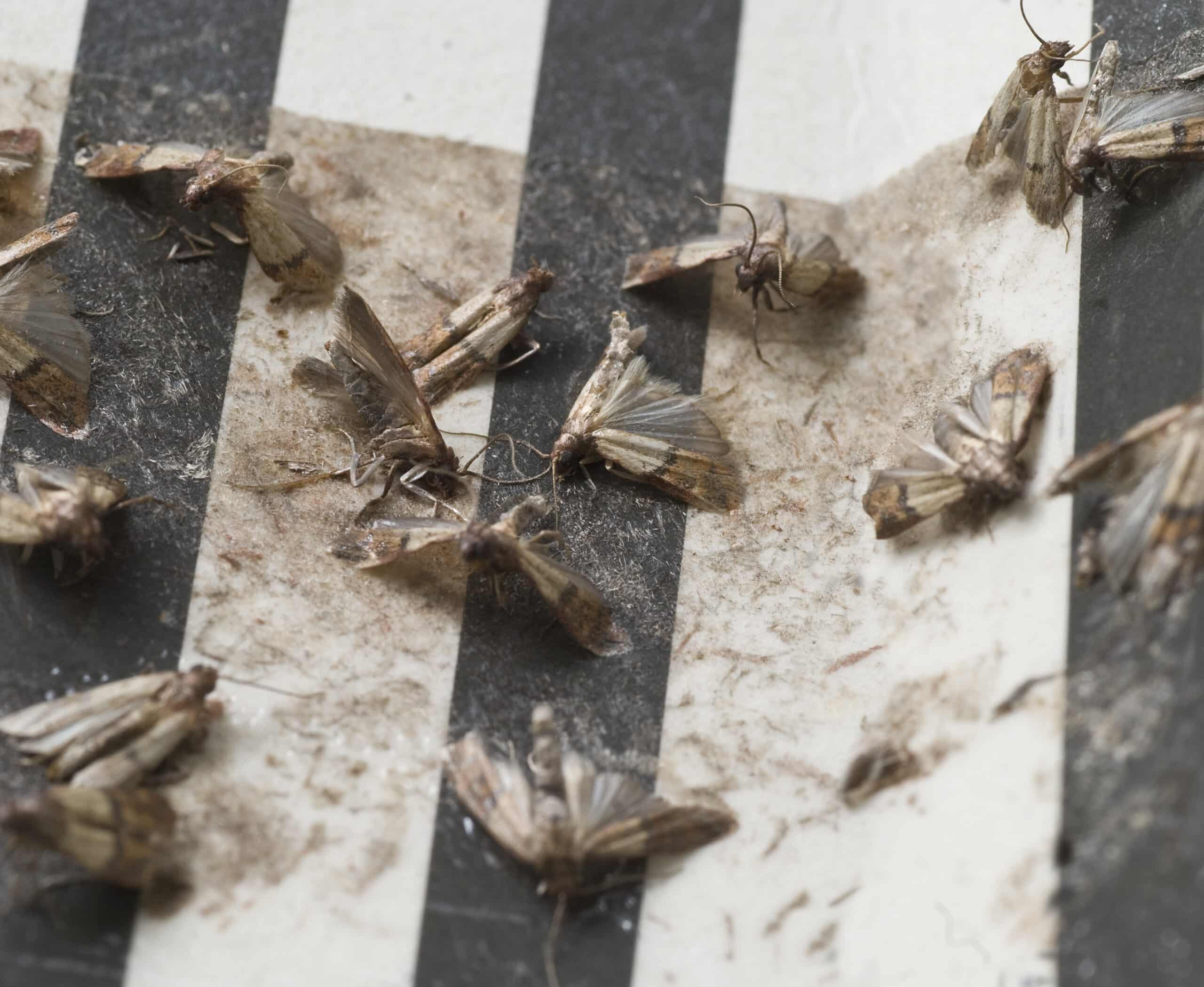
How to Prevent Moths: Tennessee Moth Prevention Guide
Keep Moths Out: Start Here
Moths can threaten your family’s food supply, valuable clothing, and peace of mind. At U.S. Pest, we believe in empowering Tennessee homeowners with practical prevention strategies alongside our professional services. These simple yet effective measures can significantly reduce moth infestations and protect what matters most in your home.

Minimize Outdoor Lighting
Light management is crucial for moth prevention:
- Reduce bright porch lights near entryway doors
- Consider motion-activated lighting instead of constant illumination
- Use yellow “bug lights” that are less attractive to insects
- Move quickly when entering or exiting your home at night
- Install tight-fitting door sweeps to prevent entry
- Ensure window screens are intact and properly fitted
- Seal cracks and gaps around door and window frames near exterior lights
Store Pantry Goods in Sealable Containers
Protect your dried foods from pantry moths:
- Transfer pantry staples to airtight glass or hard plastic containers
- Focus on protecting:
- Grains and flours
- Nuts and seeds
- Dried fruits
- Cereals
- Pet food
- Bird seed
- Spices
- Regularly clean pantry shelves to remove food debris
- Inspect new groceries before bringing them into your home
- Use bay leaves or cedar blocks in pantry areas as natural repellents
Keep Expensive Clothing Covered
Protect natural fiber clothing from clothes moths:
- Store seasonal garments in closeable bins or vacuum-sealed bags
- Place valuable clothing in cotton garment bags that zip shut
- Use cedar blocks or lavender sachets in storage areas
- Clean items thoroughly before storage to remove food stains and body oils
- Regularly air out and inspect stored clothing
- Keep closets and storage areas well-ventilated and dry
- Consider periodic freezing of valuable wool items as a preventive measure
Where to Look for Moths in Your Home
When implementing moth prevention measures, focus on these common areas:- Pantry Moths: Check food storage areas, particularly in dry goods, pet food, and bird seed
- Clothes Moths: Inspect closets, wardrobes, storage chests, attics, and areas where natural fiber textiles are stored
- Entry Points: Examine door frames, window sills, and other potential entry points, especially near exterior lights
- Dark Storage Areas: Pay special attention to rarely used spaces like attics, basements, and seasonal storage areas


